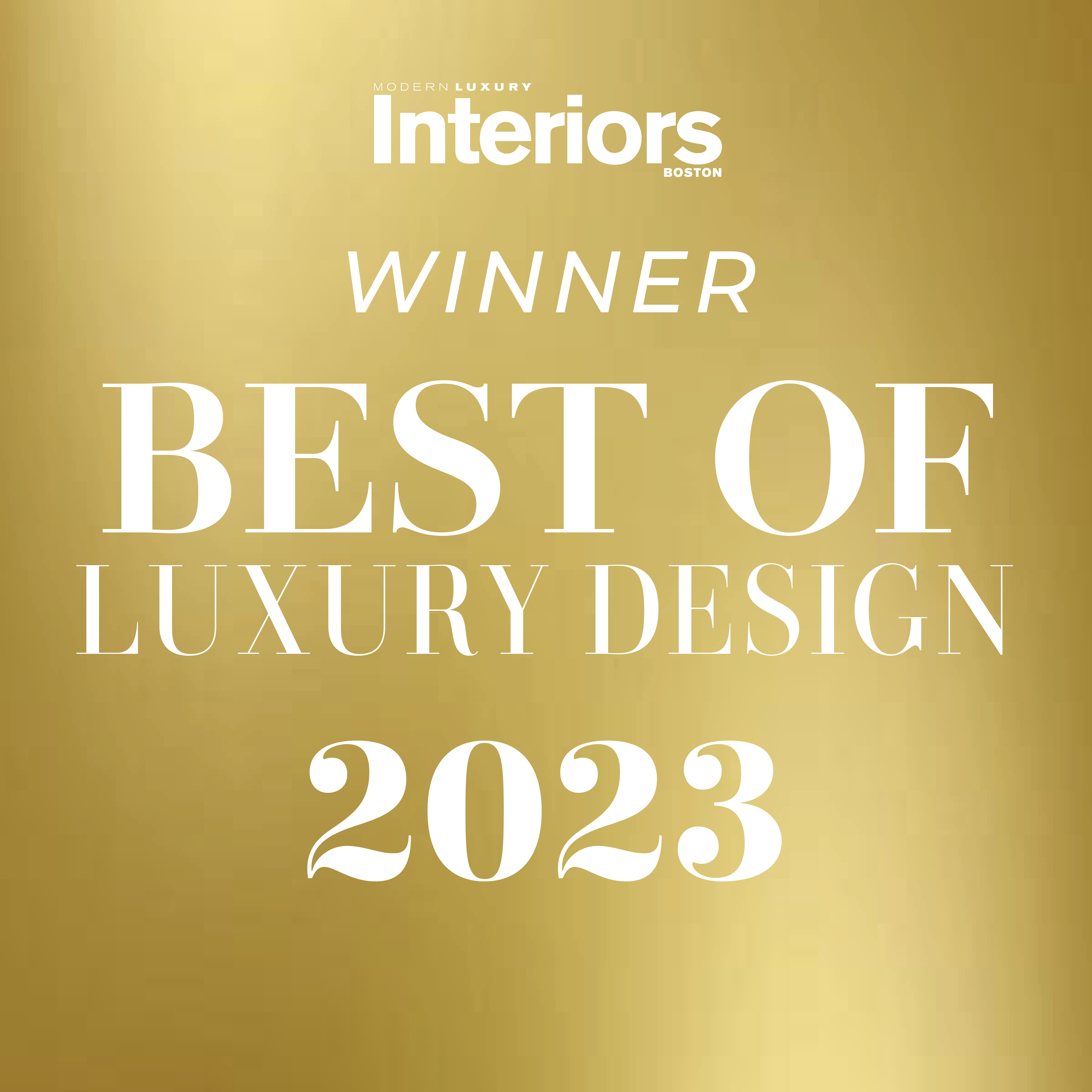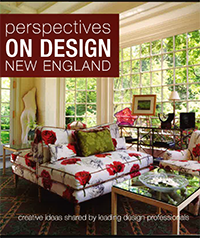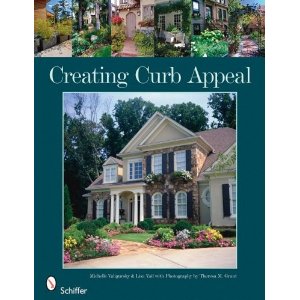Key Components of Energy Efficienct Lighting
Creating an energy-efficient lighting design is much more than simply specifying the fixtures with the least amount of wattage. There are many other factors that go into the design to help reduce energy costs without ever compromising aesthetics nor functionality. Some factors to include are daylighting sensors and lighting controls.
One element to consider in energy-efficient lighting and sustainability is daylighting. If good daylighting techniques are in place from the beginning of a project, the electric lighting will be able to support the natural light levels through the use of sensors that will adjust electric light levels based on natural daylight in the space. These can provide a consistent desired light level. The electric lighting will rarely ever have to do all the work.
Energy-efficient design should incorporate a lighting control system. There are endless possibilities and options when it comes to lighting controls. We have the ability to control every individual light fixture in a space by using intelligent controls, as well as tie in the lighting control system with other components of a space like the thermostat, security cameras, audio-video equipment, and window treatments. The use of dimmers, occupancy sensors, timers, and other devices to control lighting will contribute to energy cost savings in both residential and commercial projects.
Contact Lux Lighting Design at info@luxld.com to find out how we can make your design project more energy efficient while enhancing the aesthetics and functionality of your space.





